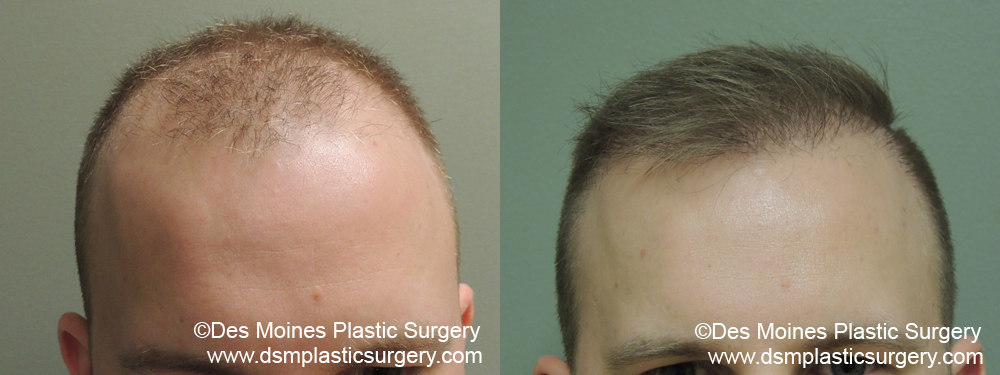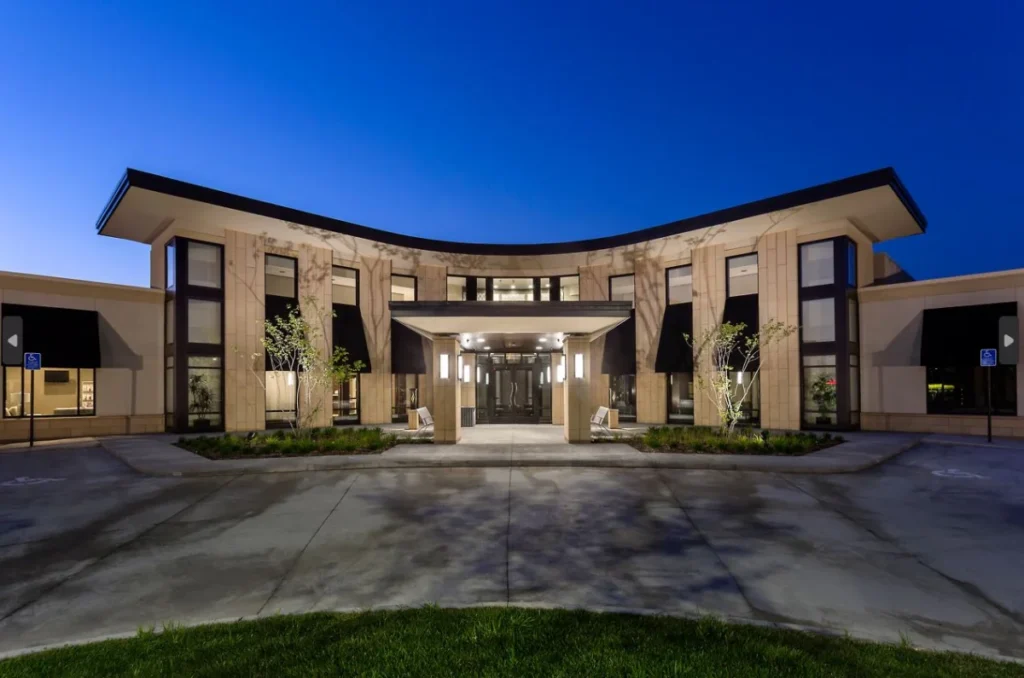Neograft Hair Loss Replacement at Des Moines
Dr. Robbins and Des Moines Plastic Surgery™ are pleased to be the first practice in Iowa to offer NeoGraft™ Hair Transplant Surgery. NeoGraft™ is a no-touch implantation procedure that has revolutionized the world’s approach to minimally invasive hair-loss treatments.
At Des Moines Plastic Surgery™, we believe that men and women suffering from hair loss in Des Moines, Ankeny, Omaha, and across the Midwest deserve to benefit from this option, which has proven to yield results far superior to current long-time hair-transplant methods and treatments. That is why Dr. Robbins utilizes the revolutionary patented NeoGraft™ Automated Follicular Unit Extraction (FUE) and Implantation Hair Transplant System.
This system is the first and only Class One FDA-Listed automated medical device for hair restoration. NeoGraft™ harvests, collects and implants individual follicular grafts using one safe and effective user-friendly platform.
Before & After Gallery

Hair Loss
Hair loss affects 38 million men and 21 million women. It can be a very stressful development for both men and women; balding changes our appearance and can undermine our confidence.
Pattern baldness, also known as alopecia, is the most common cause of hair loss. The condition will affect about 70% of men and nearly 40% of women at some point in their lives. Typically, for men, baldness begins with a hairline recession that starts at the temples. For women, hair density thins over the top of the scalp. There are many factors that contribute to pattern baldness, including genetics and environmental factors.
Hair Transplants
Statistics compiled by the International Society of Hair Restoration Surgery (ISHRS) show hair restoration surgery increased 47.9% since 2008. In general, hair transplants involve harvesting hair from a healthier donor site of the patient and implanting hair follicles into an area that is lacking. Hair transplantation may also be used to restore hair loss on the eyelashes and eyebrows.
Types Of Surgical Hair Restoration
There are two general types of techniques that are used for surgical hair transplantation: the “strip method” and Follicular Unit Extraction (FUE) with NeoGraft™. Both techniques involve moving healthy hair follicles from a donor site of the scalp to a bald or thinning area of the scalp.
Who Is A Good Candidate For FUE Using NeoGraft™?
Patients who would like the option of wearing a very short haircut in the back or sides of their scalp, or those who want the least amount of activity restriction (e.g. athletes) after their hair transplant procedure, may be good candidates for FUE with NeoGraft™. FUE can also be used for scar camouflage procedures for patients who have had prior strip method procedures, as well as for body hair transplants.
Ideal candidates for this treatment have realistic expectations for hair growth results. To help set proper expectations, it is best to look over NeoGraft™ before and after photos.
During a consultation with Dr. Robbins, he will ensure that patients are good candidates for treatment. Price, preparation, recovery, and more can all be discussed.
NeoGraft™ FUE
NeoGraft™ FUE is the type of hair replacement therapy favored by Dr. Robbins at Des Moines Plastic Surgery™. NeoGraft™ is the new method of follicular hair transplantation with no scars and minimal downtime. NeoGraft™ FUE uses a tiny 1 mm punch to gently remove individual follicles from the donor site. A single graft contains from 1 to 3 individual hair follicles. The transplanted hair follicles using NeoGraft™ are natural and grow just like normal hair.
Is FUE/NeoGraft™ Suitable For Both Men And Women?
Yes. Because FUE/NeoGraft™ is a minimally invasive procedure, it is a viable option for both men and women looking to restore their own living and growing hair with transplantation.
NeoGraft Hair Loss Replacement Frequently Asked Questions
Contact Us to Find Out More
If you are interested in learning more about NeoGraft™ hair transplantation at Des Moines Plastic Surgery™, call 515.221.9999 during business hours for your NeoGraft™ consultation at 515.221.9999.
Related Procedures
What People Are Saying
Explore the inspiring journeys and remarkable transformations of our satisfied patients through their heartfelt testimonials.
Our Location

Have a question?
Send Us A Message Here!
"*" indicates required fields





